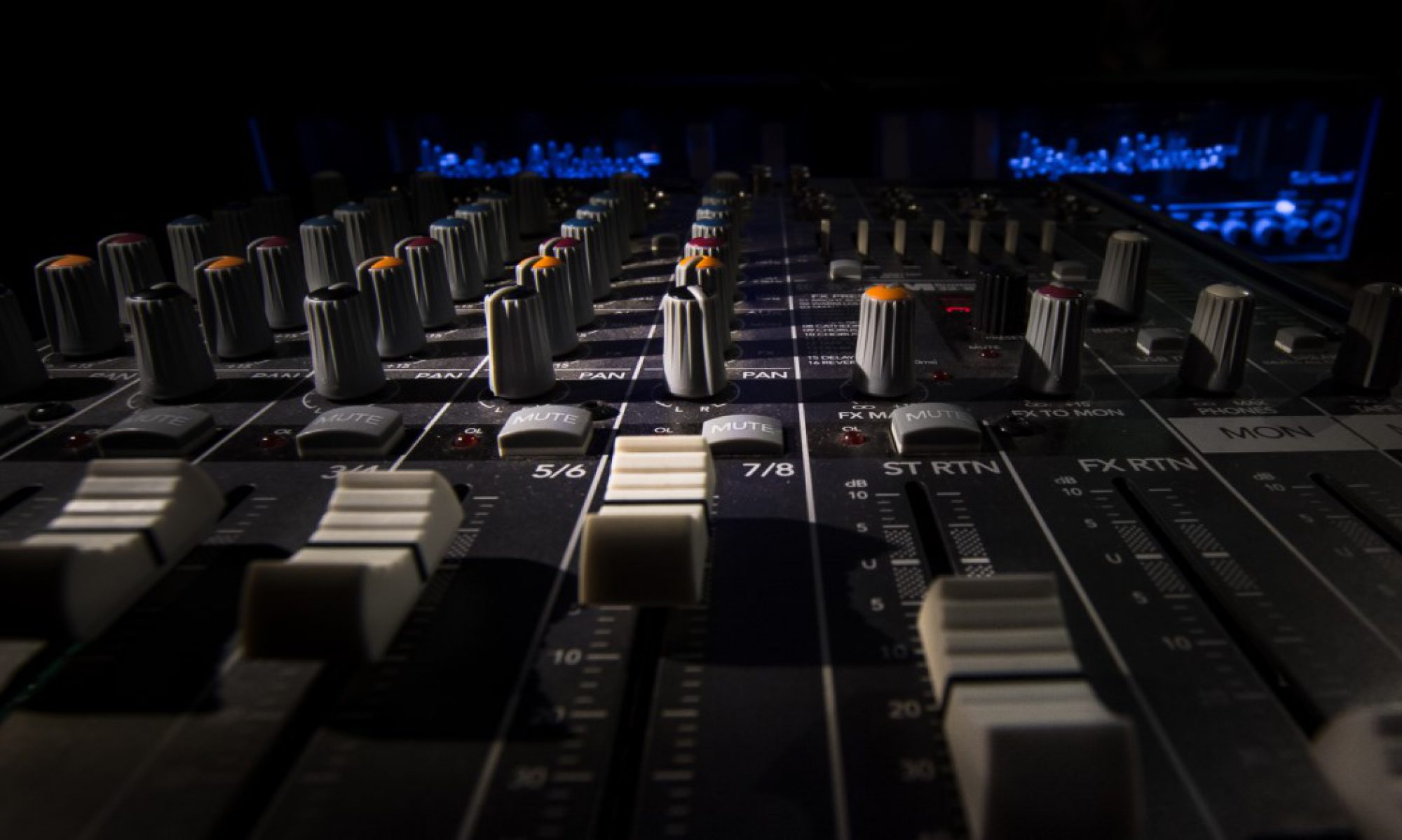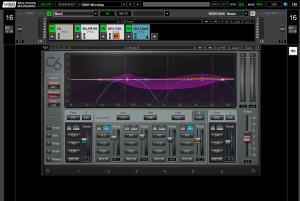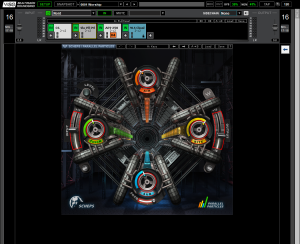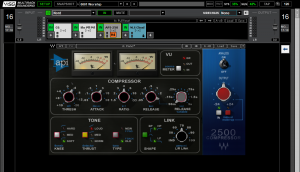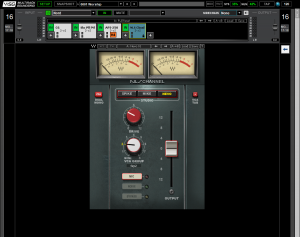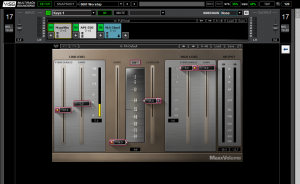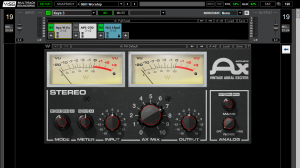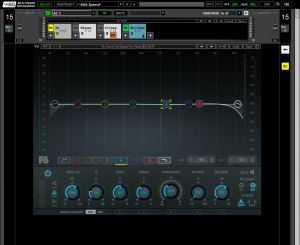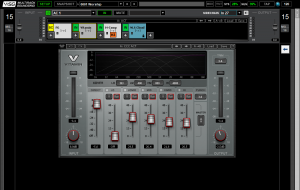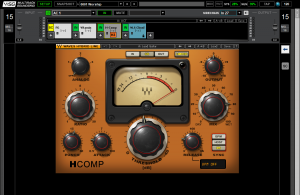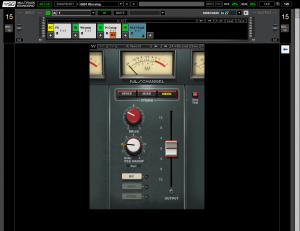This week is going to be a bit different. In talking about what I do with tracks I think it’s better to just discuss what I could do. So many people just run these through their board and assume they are fully processed with no need for EQ or compression. But for me, I treat them the opposite way because more often than not there is an important musical line that really needs to be heard. On my console these 14 inputs are completely automated. EQ is programmed for each song and in waves I tailor plugin selections for what I need each track to accomplish for me. We don’t often use every track for every song and play a lot of songs without tracks but I quickly learned that having a flexible and extensive input list from tracks becomes a necessity to ensure maximum usage and the ability to treat different kinds of tracks differently. Because this varies so much each week I’m going to list my tracks inputs and then make a list of the plugins I might use to really help them shine. Each list is a plugin I have used with that track or am currently experimenting with. I don’t necessarily use each plugin each week but often I’ll load up a bunch of them, play around a bit, and see what fits. The key is keep trying new stuff and see what you can creatively do to enhance the tracks and help them blend in with the band.
These first four tracks are already mastered from the original artists but occasionally I need to spice them up a bit or reign them in to fit our context. Besides putting NLS at the end of each chain I’ll often pull up a compressor and on the organ or aux keys something to bring out the unique tones in play. These four channels are all stereo which forces me to make sure I appropriately process each one to keep a nice wide profile.
Trx 1-2 (Pad): Brauer Motion (use with care here), API 2500, CLA-2a/3a
Trx 3-4 (Organ): Brauer Motion, Aural Exciter, API 2500, HComp
Trx 5-6 (Synth): Scheps Parallel Particles, Vitamin, Aural Exciter, API 2500
Trx 7-8 (Aux Keys): all of the above!
These next three channels are the typical tracks you’d normally hear being used for band supplementation. These are often recorded and pre-processed by our worship pastor so often all that needs to be done is just some small compression to bring them up to the playing field with the band. As with the above, you will find the NLS at the end of each chain.
Trx 9 (Perc): usually just the NLS plugin, sometimes LoAir or Renaissance Bass
Trx 10 (Electric Guitar): F6, Vitamin, HComp (often treated like a live player)
Trx 11 (Acoustic Guitars): MaxxVolume, Vitamin, Scheps Parallel Particles, HComp
Lastly we have some bonus channels and the BGV channel. How much I process the BGV channel depends on whether or not it’s a processed artist track or a recording we made to have backing tracks. The other two tracks are often the most fluid in our setup as they are used for anything that doesn’t fall into the above categories. The choice of NLS model used varies a lot here as well and sometimes automates with each song to really make sure the right one is used for each track. It is easy however to overprocess these as well because they can be so different. To fight that I always try to use the A/B rule here and make sure that every change I’m making does something positive for my mix.
Trx 12 (Misc 1): anything and everything needed
Trx 13 (Misc 2): anything and everything needed
Trx 14 (BGV): C6, Scheps Parallel Particles, CLA-2a/3a
Well that is the breakdown of what one might typically see in our waves setup. As I’ve said before the key is flexibility. One of the biggest reasons I run them through waves is to use the NLS plugin. These are some of the inputs that don’t pass through our consoles preamps so I really like to dial up the NLS plugin to help bring some natural color and warmth to each plugin. But even bigger than that, processing them like I process the band really helps them start to sound more like the band. This brings a sense of congruence that makes things gel together when it comes to the final mix. Tracks need to supplement your bands sound not stand apart or overtake it. Be sure that no matter how many tracks inputs you have or how you use them, their presence lines up with the philosophy your band leader is aspiring towards. Than support that philosophy with how you process and mix them in.
Tune in next week when I’ll go over the rest of the drumset inputs, mostly the toms, and start wrapping up the series. Than the following week we will close it up by discussing how I process my groups busses through waves which is where some of the magic of waves occurs in my setup. As always feel free to comment below or email me at daniel@studiostagelive.com and subscribe at this link to get an email when new content is posted. Have a good one!
